Home>Furniture>Outdoor Furniture>Where To Screw Decking Boards
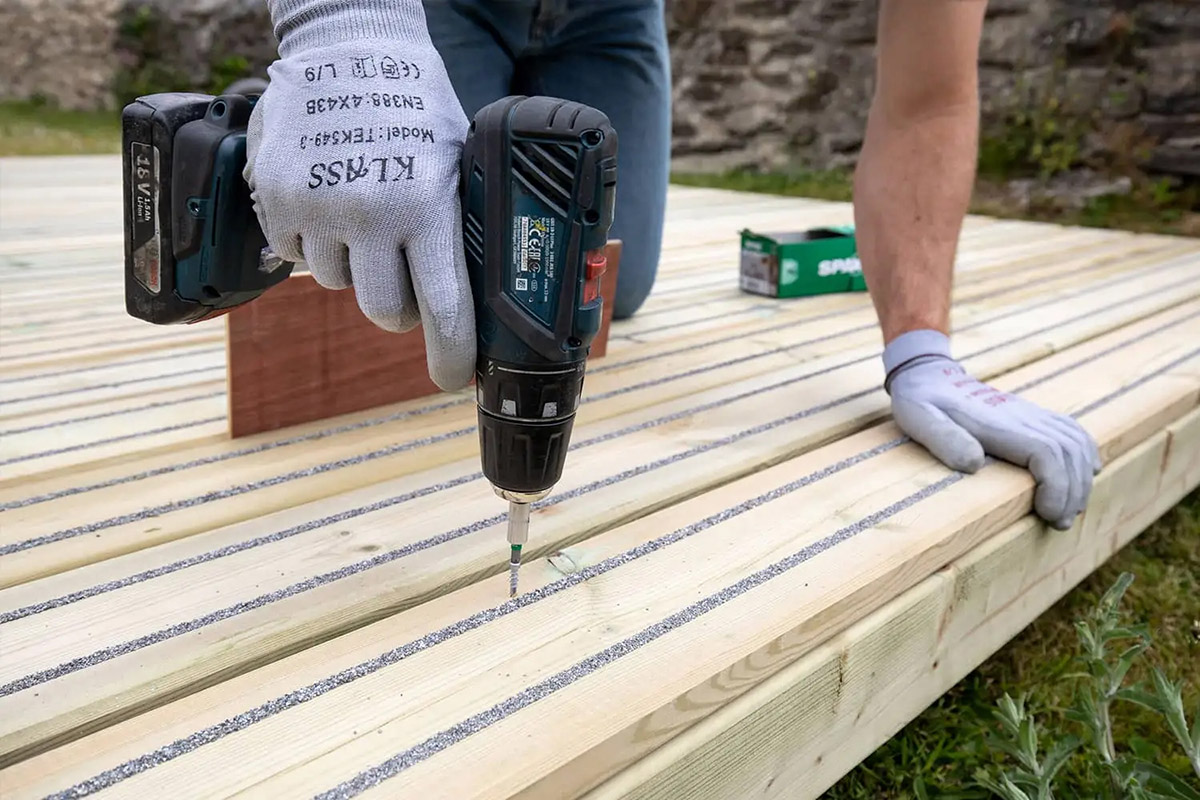

Outdoor Furniture
Where To Screw Decking Boards
Modified: March 7, 2024
Looking for outdoor furniture? Discover the best places to screw decking boards and create your dream outdoor space with our comprehensive guide.
(Many of the links in this article redirect to a specific reviewed product. Your purchase of these products through affiliate links helps to generate commission for Storables.com, at no extra cost. Learn more)
Introduction
Welcome to our guide on where to screw decking boards! If you’re embarking on a deck building project, one of the important steps is to secure the decking boards properly. Using the right screws and choosing the correct placement can ensure a sturdy and long-lasting deck that can withstand the elements and provide a beautiful outdoor space for years to come.
When it comes to selecting the right decking screws, it’s essential to consider the material, size, and corrosion resistance. Stainless steel screws are an excellent choice for outdoor applications as they are durable and resistant to rust and corrosion. Additionally, opting for screws with sharp points and threads designed specifically for decking can make installation easier and improve grip.
In this guide, we will walk you through the different areas where you should place screws when working on your deck project. From securing the joists and substructure to installing decking boards and adding finishing touches with trim and edging, we’ve got you covered.
Key Takeaways:
- Choose stainless steel screws for outdoor decking for durability and rust resistance. Properly place screws on joists, decking boards, trim, and edging to ensure a sturdy and visually appealing deck.
- Consider alternative fastening methods like hidden clips or decking plugs for a sleek, modern look while maintaining the structural integrity of your outdoor deck.
Read more: What Size Screw For Decking Boards
Choosing the Right Decking Screws
Choosing the right screws for your decking project is crucial for its long-term stability and performance. Here are a few factors to consider when selecting decking screws:
- Material: Opt for stainless steel screws, as they offer excellent corrosion resistance, ideal for outdoor applications. Stainless steel screws are available in different grades, so make sure to choose a grade that is suitable for the specific environment and climate conditions your deck will be exposed to.
- Size: The size of the screws will depend on the thickness of your decking boards. For standard decking boards, a length of approximately 2.5 inches to 3 inches is often sufficient. However, if you are working with thicker boards or using exotic hardwoods, you may need longer screws to ensure proper penetration and hold.
- Thread Type: Look for screws with coarse threads specifically designed for decking. These threads provide better grip and pull the decking boards securely to the substructure.
- Head Type: Decking screws typically come in two head types: flat head and bugle head. Both are suitable for decking installation, but the choice depends on personal preference and aesthetic preference. Flat head screws sit flush with the surface, while bugle head screws have a slightly domed shape.
- Driver Bit Compatibility: Ensure that the screws you choose are compatible with the driver bit you’ll be using. Using the correct bit can facilitate easy and efficient installation without stripping the screw heads.
Investing in high-quality decking screws may cost a little extra, but it will provide peace of mind knowing that your deck is structurally sound and built to withstand the test of time.
Screw Placement: Joists and Substructure
The first step in screw placement is securing the joists and substructure of your deck. The joists are the horizontal beams that support the decking boards, while the substructure refers to the framework and supports for the entire deck.
When attaching the joists to the ledger board, it’s essential to use lag screws or structural screws. These heavy-duty screws have a larger diameter and greater strength to provide a secure connection. Place the screws about every 16 inches along the length of the joist, ensuring they penetrate both the ledger board and the end of the joist.
For the remaining joists, use deck screws to attach them to the ledger board and beam. Space the screws evenly, approximately 12 inches apart, ensuring they penetrate the joist and the other supporting components. This will ensure proper load distribution and stability.
In addition to securing the joists, it’s also important to attach the substructure elements, such as posts, beams, and bracing, with appropriate screws. The exact screw placement and spacing will vary depending on the design and load requirements of your deck. It’s recommended to follow the manufacturer’s guidelines or consult with a professional for specific details.
Remember to pre-drill holes for the screws to prevent splitting and to ensure accurate placement. Use a drill bit slightly smaller than the diameter of the screw shank for best results.
By properly securing the joists and substructure, you ensure a solid foundation for your decking boards and guarantee the structural integrity of your deck.
Screw Placement: Decking Boards
Once the joists and substructure are securely in place, it’s time to install the decking boards. Proper screw placement on the decking boards is crucial for both the appearance and structural integrity of your deck.
Start by laying the first decking board against the outer edge of the deck frame. Align the board with the edge and use a tape measure or spacer to ensure consistent spacing between each board. When attaching the first board, use two screws per joist, placing them near the outer edges of the board.
As you move along, continue to fasten the decking boards with two screws per joist, maintaining consistent spacing between each board. The exact spacing will depend on the type of decking material you are using, but a general guideline is to leave around a 1/8-inch gap between boards to allow for expansion and drainage.
When placing the screws, position them about 1 inch from the edge of the board to prevent splitting. This distance can vary slightly depending on the thickness and type of the decking material, so be sure to read the manufacturer’s recommendations.
For longer decking boards, it’s a good idea to add additional screws between the joists to provide extra support and prevent sagging. Place these screws approximately every 16 inches along the length of the board.
To create a neat and professional appearance, countersink the screw heads slightly below the surface of the decking boards. This will allow you to fill the holes with wood filler or use a hidden fastening system if desired.
Continue this process until all the decking boards are securely fastened to the joists. Take your time to make sure the boards are correctly aligned and level as you go.
Proper screw placement on the decking boards not only ensures a secure attachment but also enhances the visual appeal of your deck by providing a smooth and uniform surface.
When screwing down decking boards, it’s best to use stainless steel or coated screws to prevent rust. Place the screws at least 1 inch from the edge of the board to avoid splitting.
Screw Placement: Trim and Edging
Trim and edging are the finishing touches that give your deck a polished look. When it comes to screw placement for trim and edging, the goal is to secure these elements while ensuring a clean and seamless appearance.
For attaching trim boards, such as fascia or skirting, to the deck frame, use deck screws that are long enough to penetrate both the trim and the underlying structure. Place the screws along the top and bottom edges of the trim, spacing them approximately every 12-16 inches. This will provide adequate support and prevent warping or loosening over time.
When it comes to edging materials, such as bullnose or picture frame boards, consider using hidden fasteners or specialized screws designed for these specific applications. These screws are typically installed at an angle from the side of the board, creating a secure connection without sacrificing the clean appearance of the deck surface.
In some cases, you may choose to use alternative fastening methods, such as hidden clips or fastening systems that eliminate the need for visible screws altogether. These systems offer a seamless look and provide a smooth surface for walking barefoot.
Before fastening the trim or edging, ensure that the boards are straight and level. This will ensure a professional finish and prevent any gaps or misalignment.
Remember to follow the manufacturer’s guidelines for the specific trim and edging materials you are using. They may have specific recommendations for screw placement and spacing.
Proper screw placement for trim and edging ensures a secure and visually appealing finish for your deck, elevating its overall aesthetics and creating a beautiful outdoor space for relaxation and enjoyment.
Read more: How To Remove Decking Screws
Alternative Fastening Methods
In addition to traditional screw placement, there are alternative fastening methods available that offer a different aesthetic and provide additional benefits. Here are a few popular alternative options:
- Hidden Fastening Systems: Hidden fastening systems, such as hidden clips or fasteners, are designed to attach decking boards from below, eliminating the need for visible screws on the surface. These systems create a clean and seamless deck appearance, free from any exposed hardware. Hidden fasteners also allow for natural expansion and contraction of the decking boards, reducing the risk of warping or buckling.
- Nail-less Decking: Nail-less decking systems use specially designed clips that secure the decking boards to the substructure. With this method, the decking boards can be easily removed and replaced if needed, without any visible screw heads or nails. Nail-less decking systems offer a clean and uniform surface, giving your deck a sleek and modern look.
- Decking Adhesives: Some decking adhesives are specially formulated for outdoor use and can provide a strong bond between decking boards and the substructure. Adhesives can be used in combination with screws to add extra strength and stability to your deck. This method eliminates the need for visible screws and can create a visually appealing and seamless deck surface.
- Decking Plugs: Decking plugs are small wooden or composite pieces that are used to cover screws on the surface of the decking boards. These plugs are inserted into pre-drilled holes, creating a smooth and uniform deck surface. Decking plugs come in various colors to match different decking materials, allowing you to achieve a cohesive and polished look.
- Metal Connectors: Metal connectors, such as hidden brackets or hardware, can be used to secure decking boards to the substructure without visible screws. These connectors are typically installed on the sides of the decking boards, providing a secure connection while maintaining a clean deck surface.
When considering alternative fastening methods, it’s essential to follow the manufacturer’s instructions and recommendations for the specific system or product you are using. Each fastening method may have its own installation guidelines and requirements.
Integrating alternative fastening methods can provide a sleek and visually appealing deck surface while maintaining the structural integrity of your deck. Consider the style and functionality you desire for your outdoor space when choosing the most suitable alternative fastening method for your decking project.
Conclusion
Choosing the right screws and properly placing them when installing outdoor decking boards is essential for creating a sturdy and visually appealing deck. By following the guidelines outlined in this guide, you can ensure a successful deck-building project that will stand the test of time.
When it comes to selecting the right screws, opt for stainless steel screws that are corrosion-resistant and of the appropriate size and thread type for your decking material. This will provide a strong and durable connection that can withstand the elements.
Proper screw placement is key in different areas of your deck. Secure the joists and substructure with the appropriate screws, evenly spaced for stability. When attaching decking boards, place screws near the edges and between the joists to ensure a secure fit. Pay attention to trim and edging, using screws that complement their specific requirements.
However, if you’re looking for a cleaner, seamless appearance, consider alternative fastening methods such as hidden fastening systems, nail-less decking, adhesives, decking plugs, or metal connectors. These options can offer a sleek aesthetic while maintaining the structural integrity of your deck.
Remember, following the manufacturer’s guidelines and recommendations for your specific decking materials and fastening systems is crucial to ensure proper installation and performance.
With the knowledge gained from this guide, you’re now equipped to confidently tackle the screw placement on your next deck-building project. Whether you opt for traditional screw placement or explore alternative fastening methods, your deck will be a beautiful and functional outdoor space for relaxation and enjoyment.
Frequently Asked Questions about Where To Screw Decking Boards
Was this page helpful?
At Storables.com, we guarantee accurate and reliable information. Our content, validated by Expert Board Contributors, is crafted following stringent Editorial Policies. We're committed to providing you with well-researched, expert-backed insights for all your informational needs.
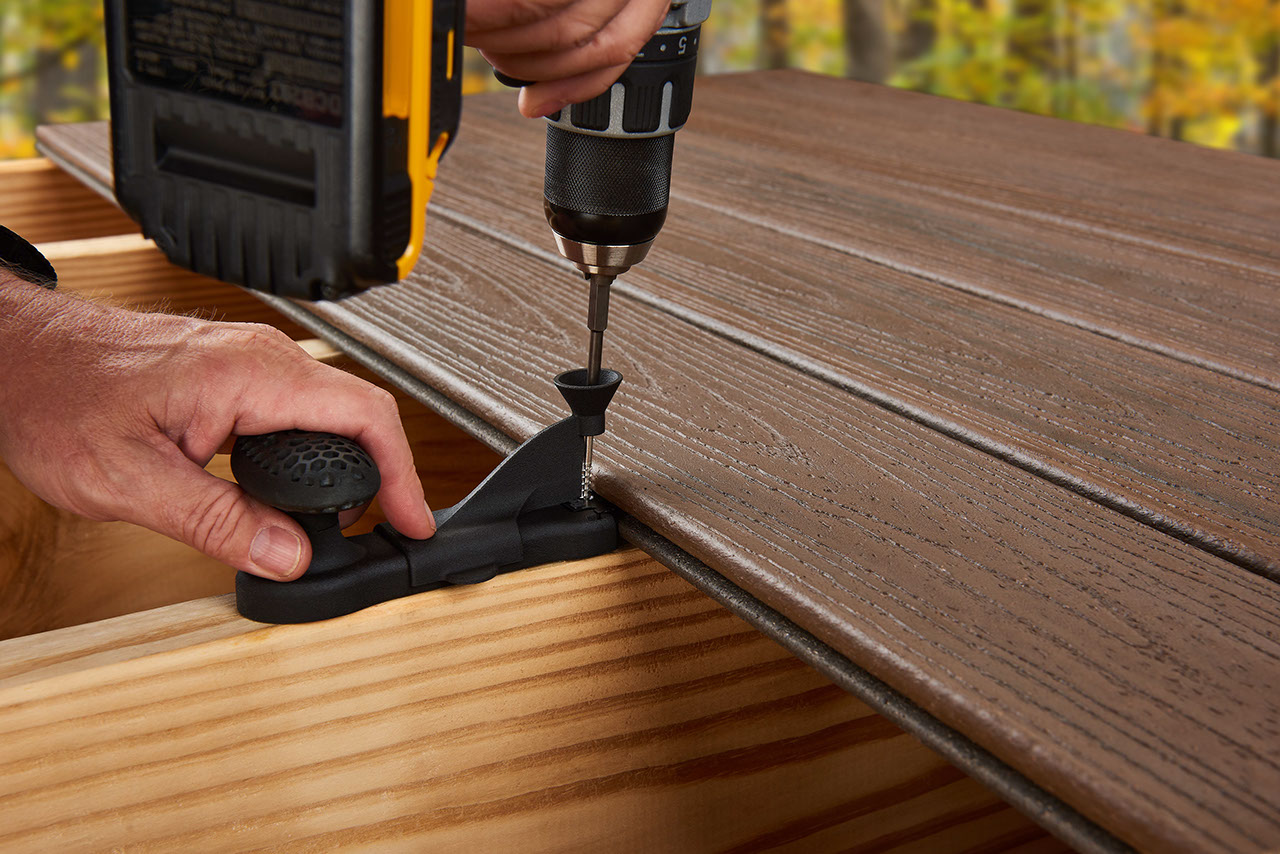
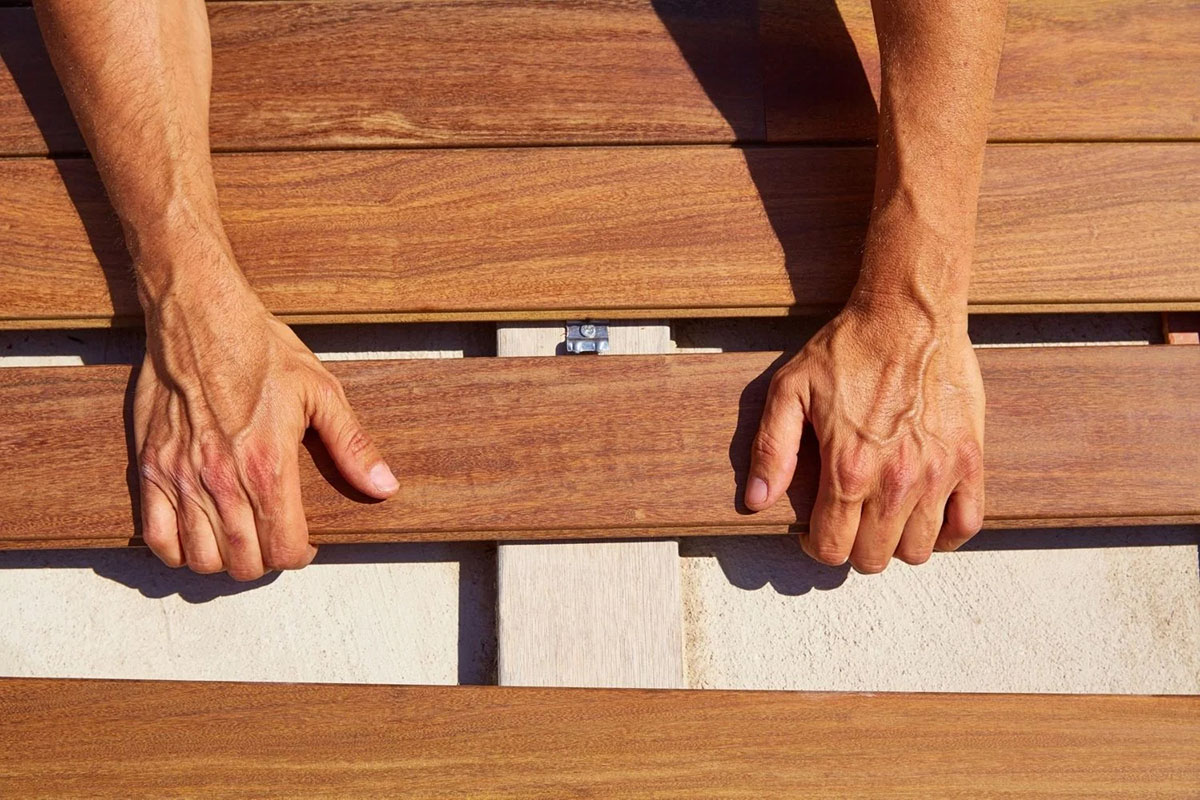
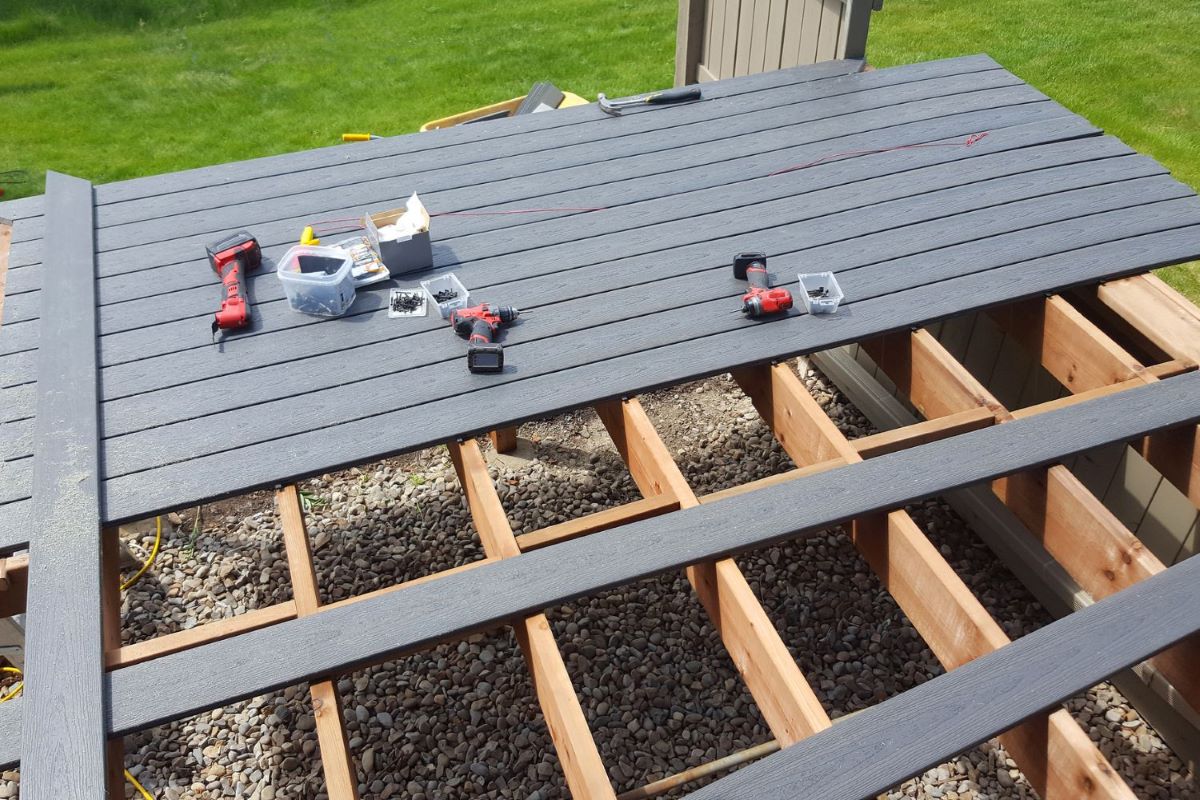
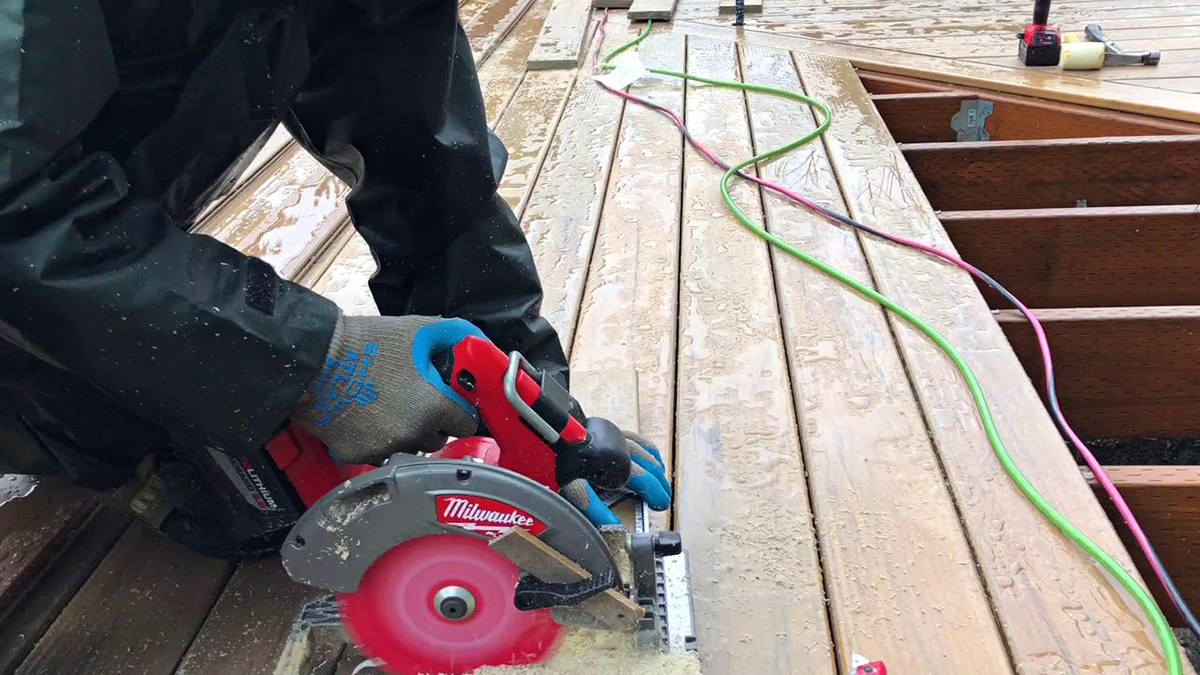
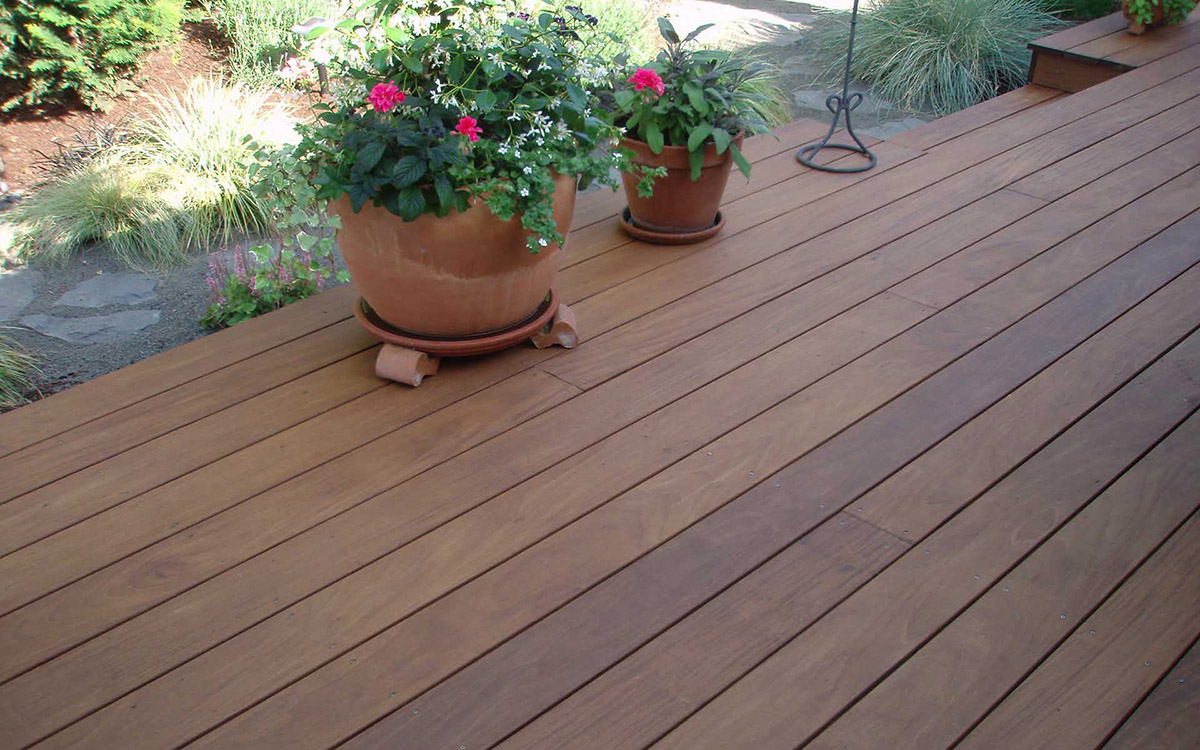
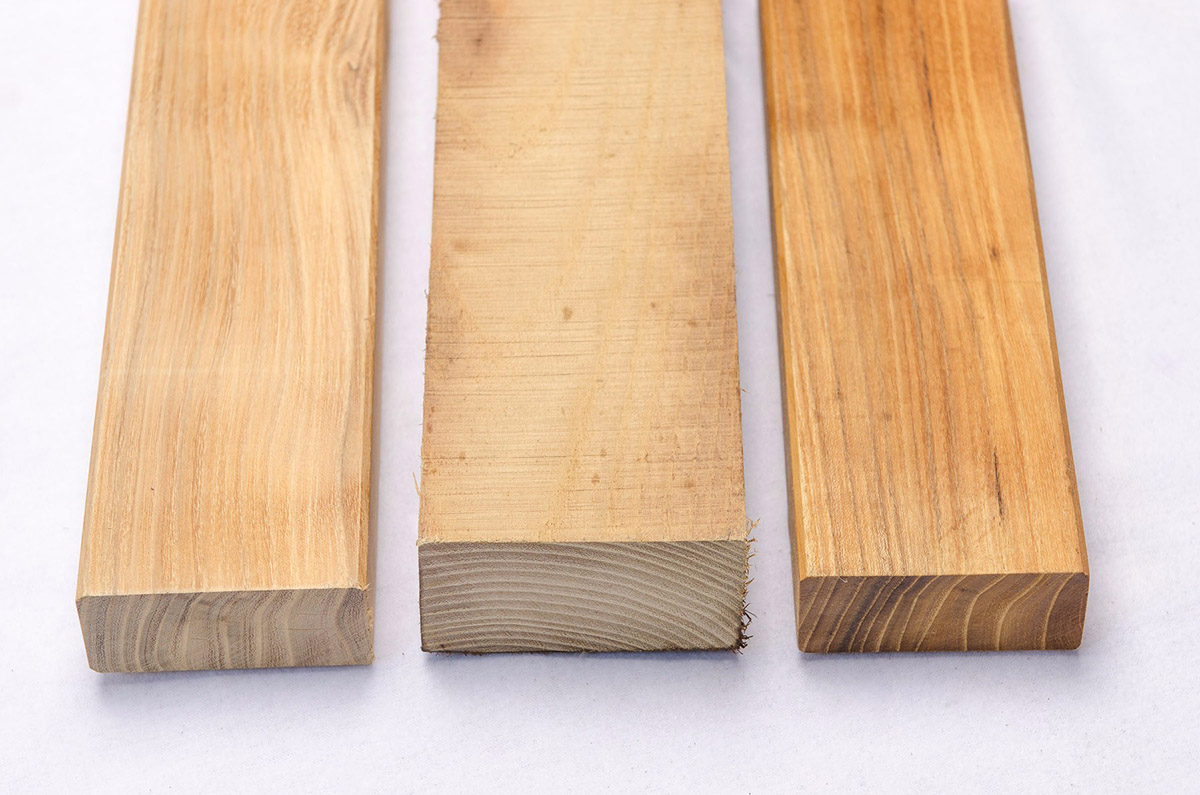
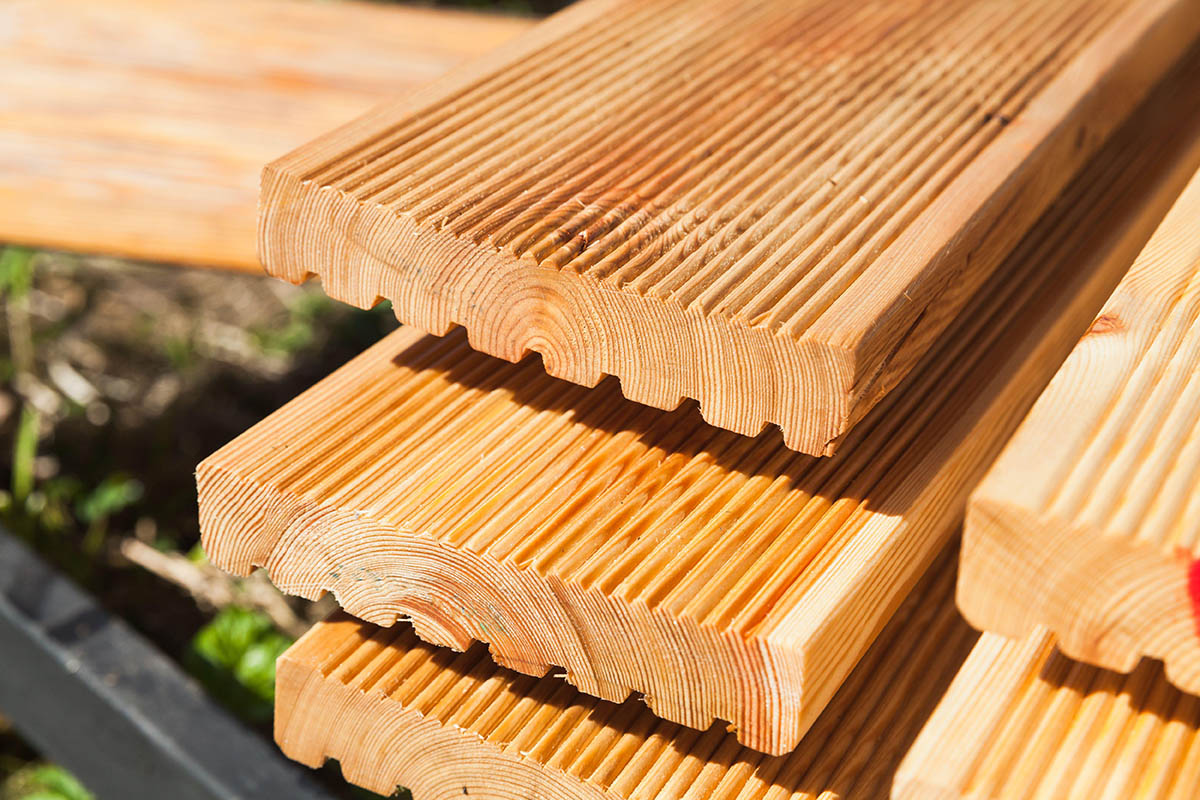
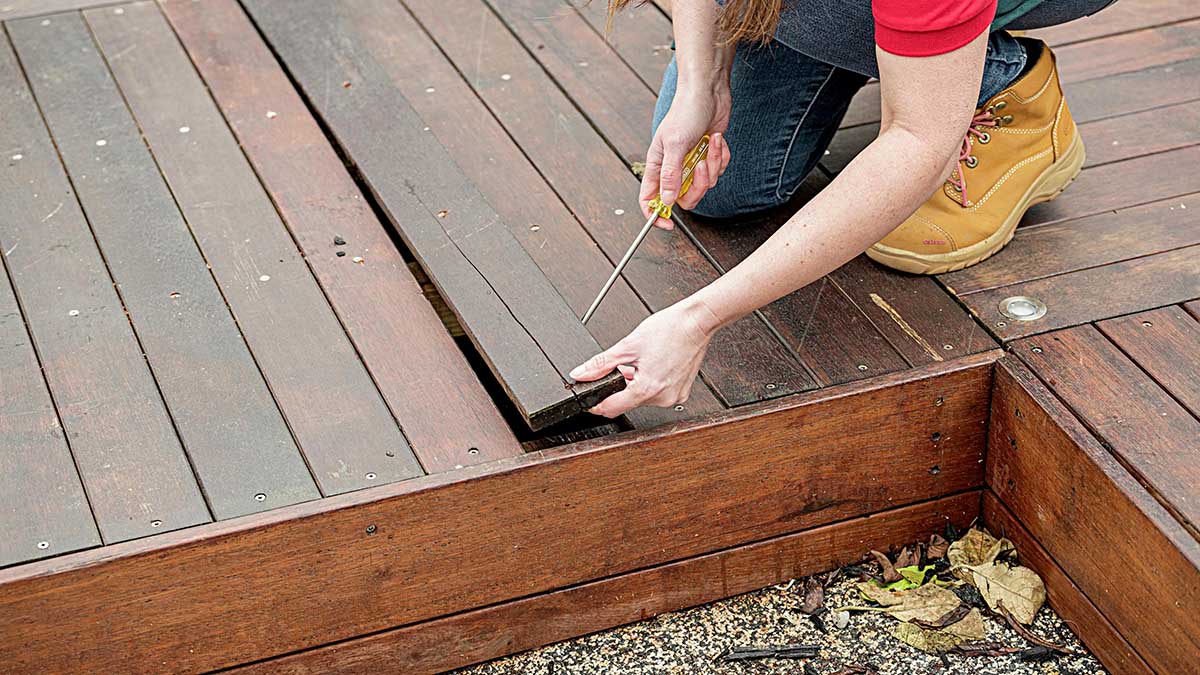
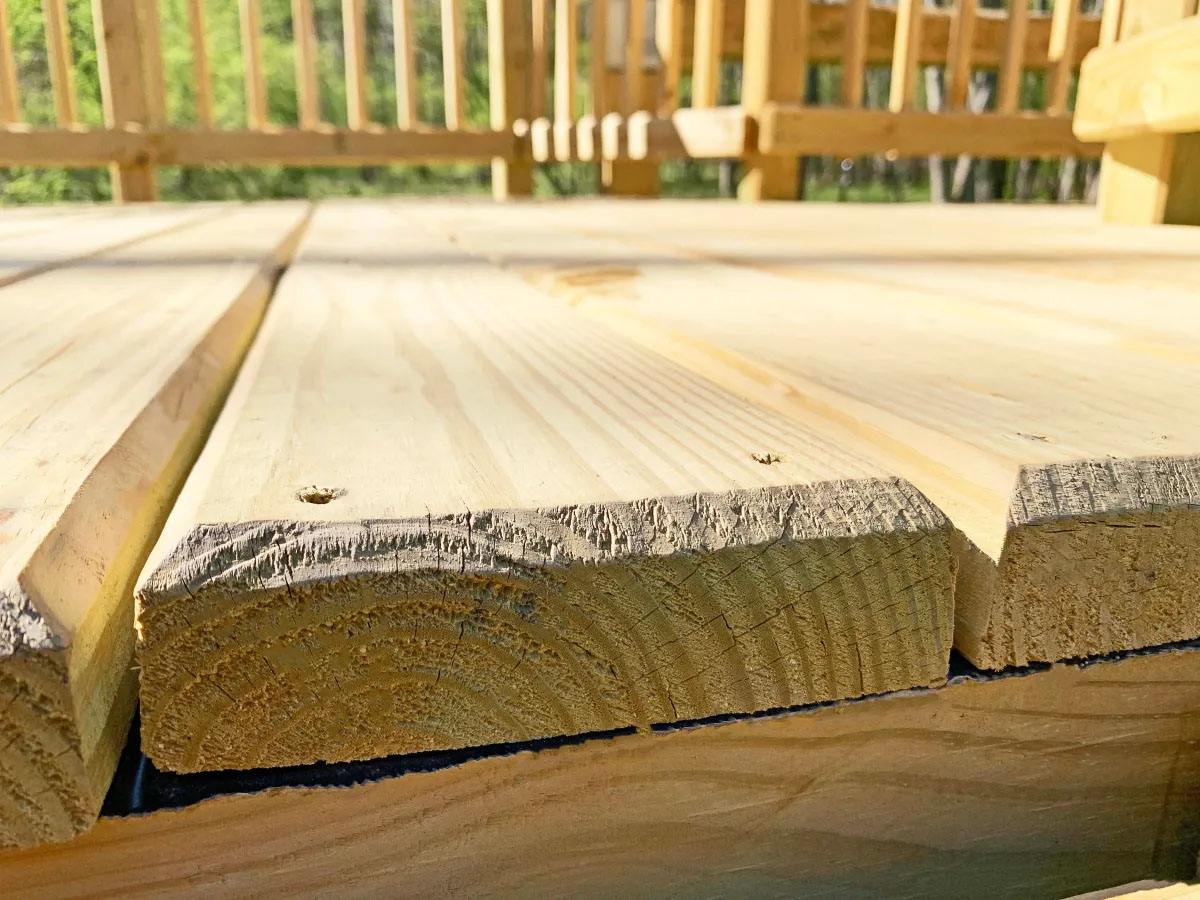
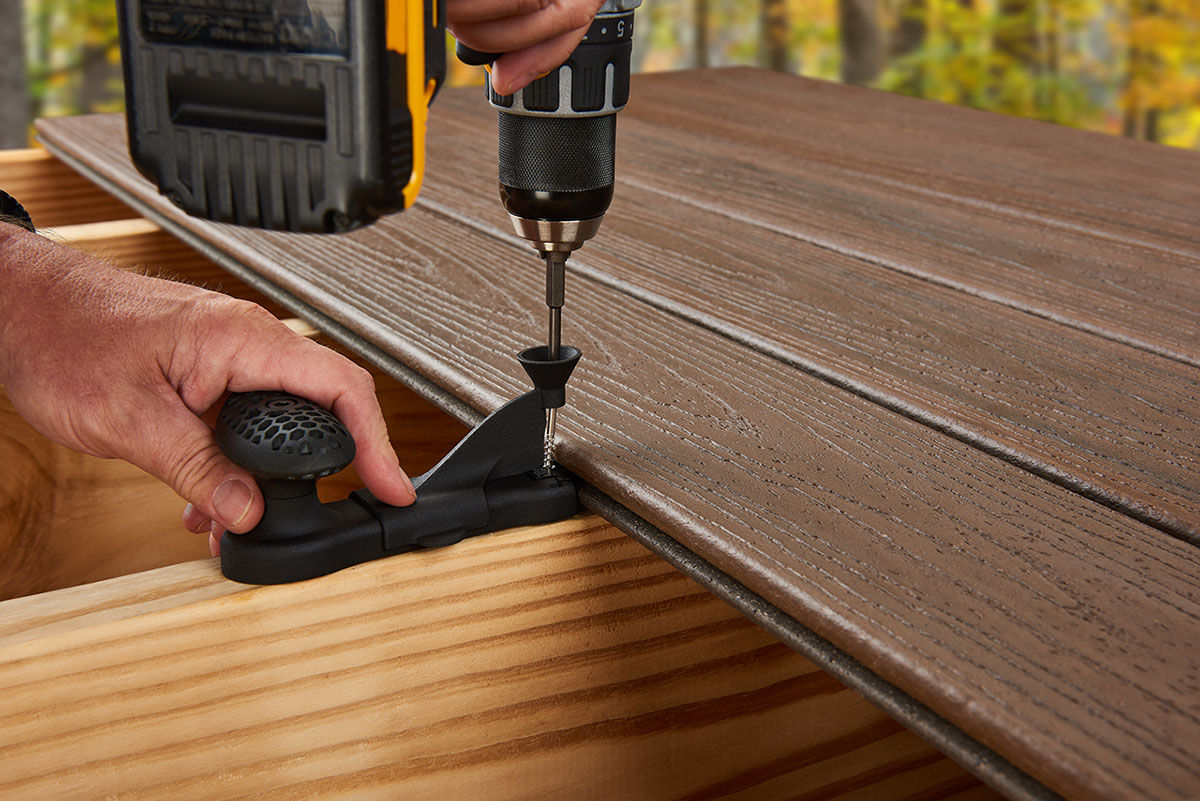
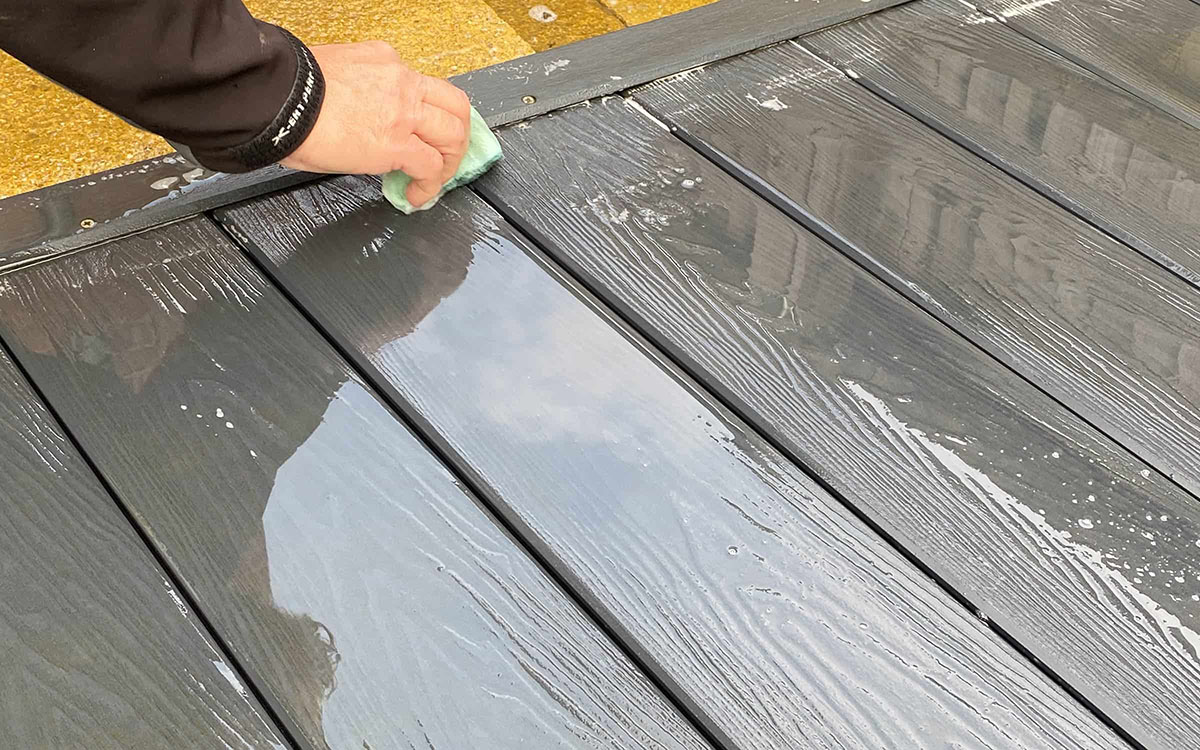
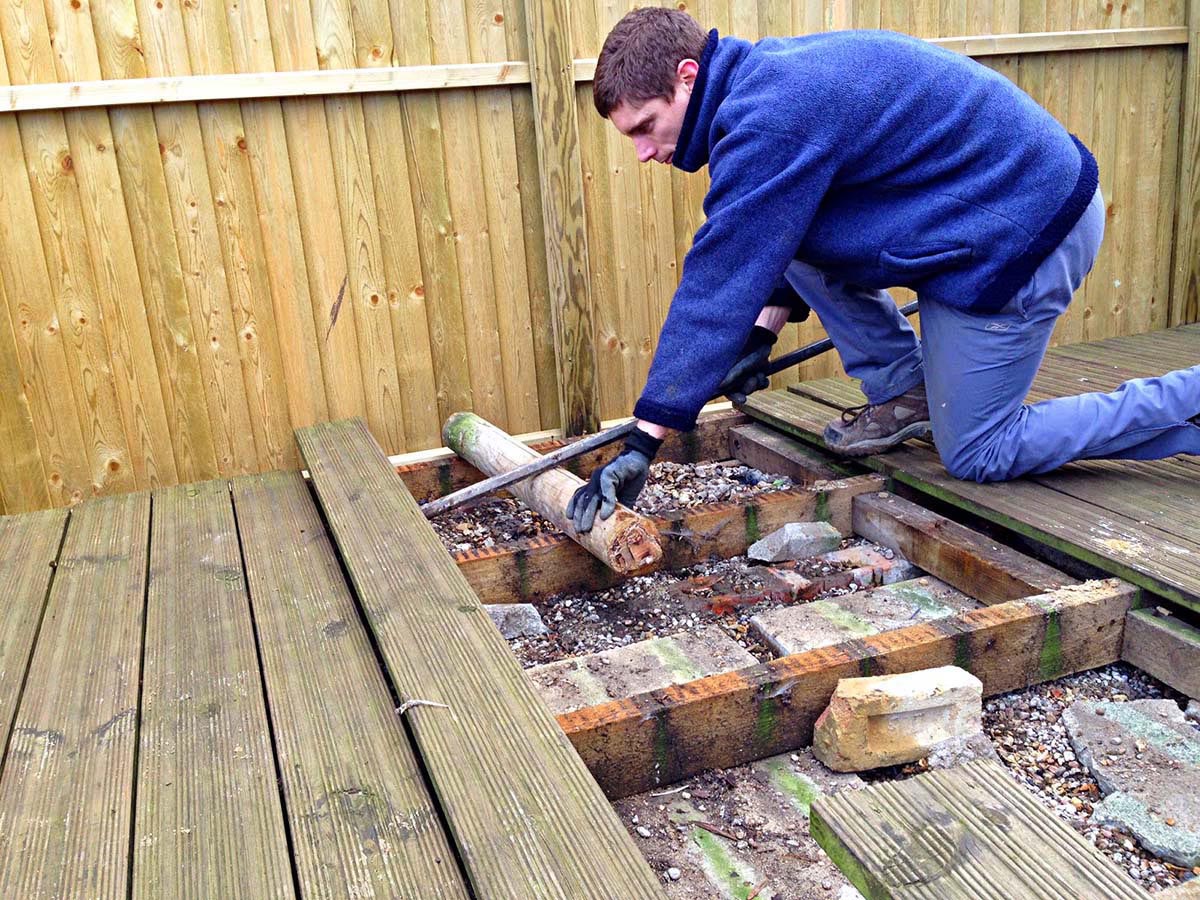
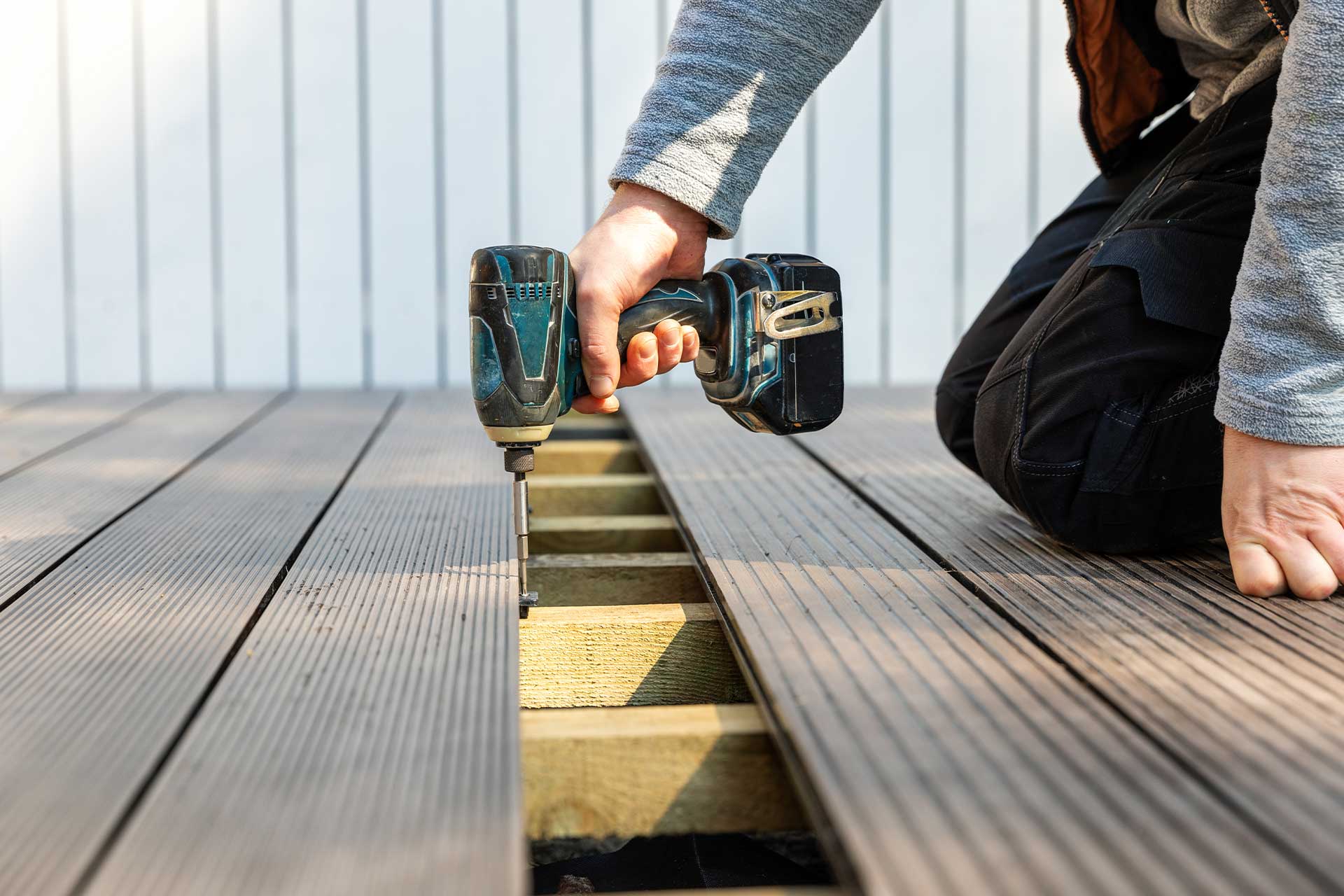
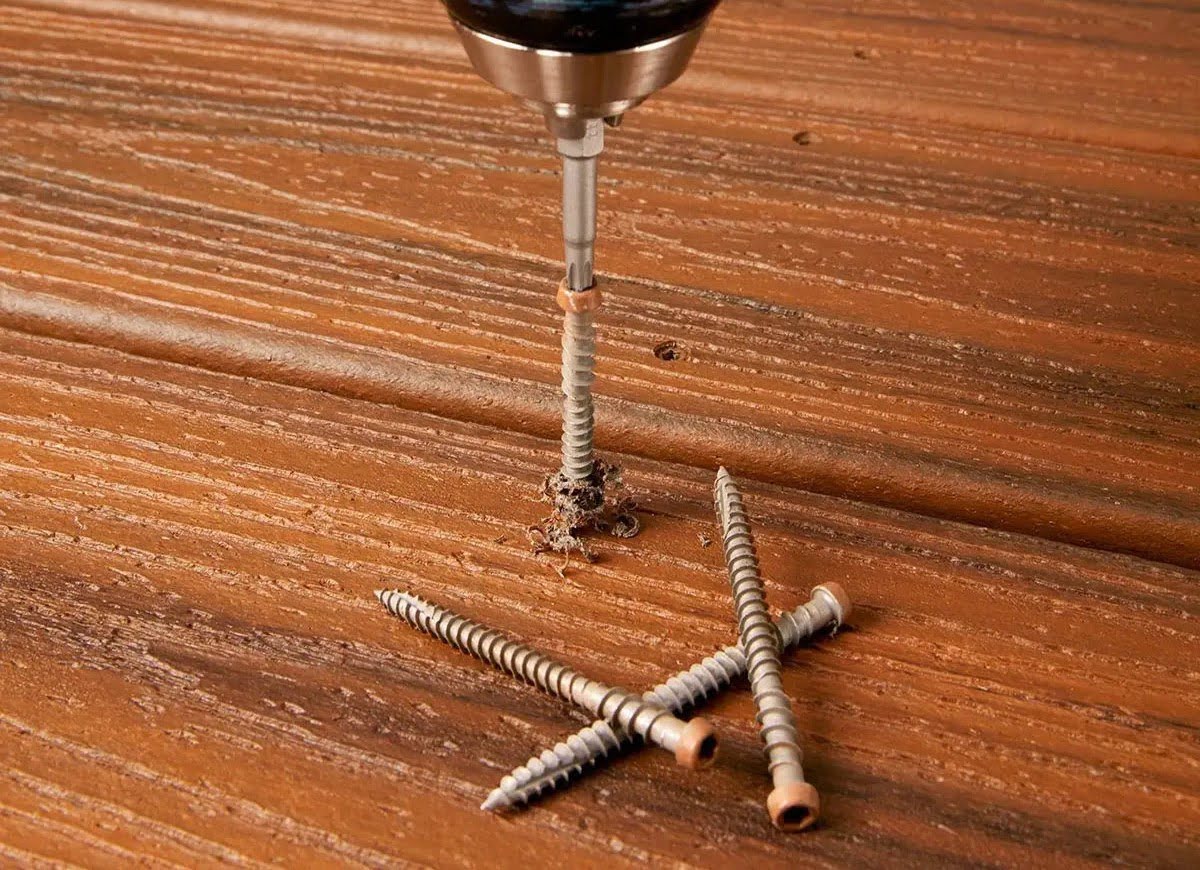

0 thoughts on “Where To Screw Decking Boards”